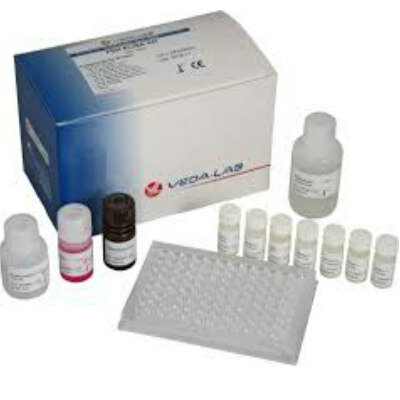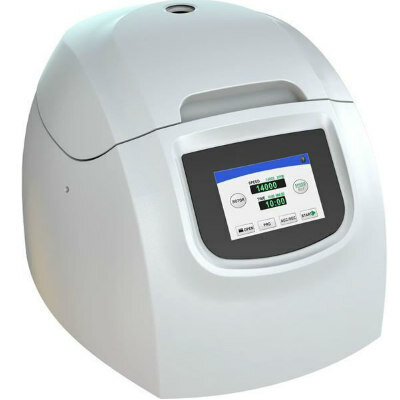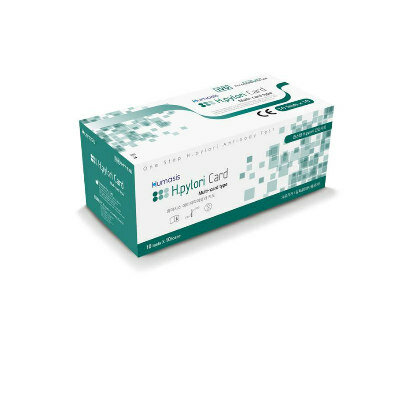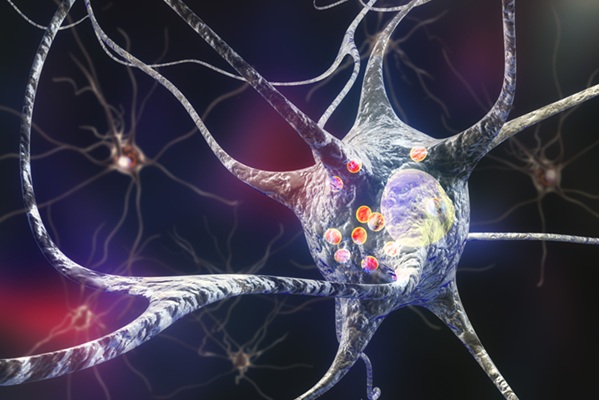Trace Metal Concentrations Influence Glucose Regulation in Pregnancy
|
By LabMedica International staff writers Posted on 12 Jun 2019 |
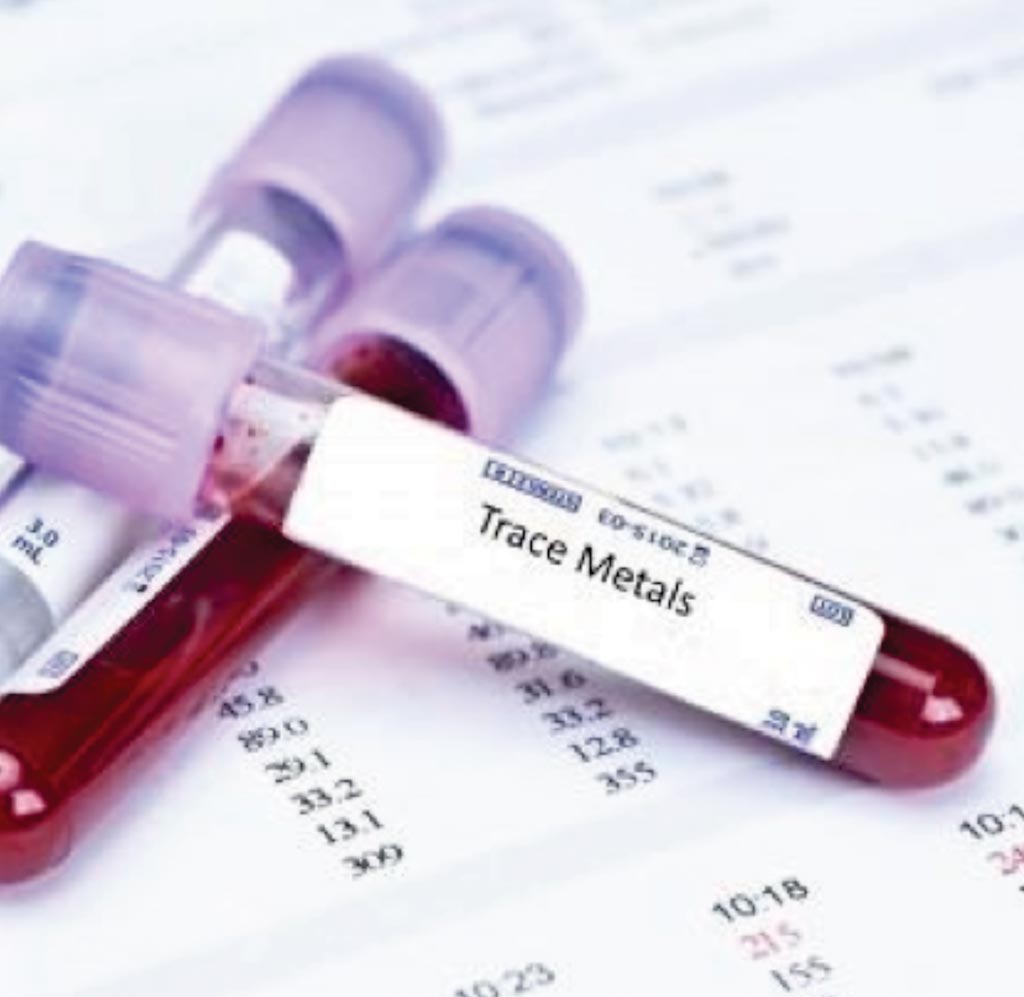
Image: Research shows that trace metals concentrations in the blood may influence glucose regulation in pregnancy (Photo courtesy of bluehorizon).
Gestational diabetes is a condition in which a woman without diabetes develops high blood sugar levels during pregnancy. Gestational diabetes generally results in few symptoms; however, it does increase the risk of preeclampsia, depression, and requiring a Caesarean section.
Pregnant women with higher plasma concentrations of copper measured during the first trimester were more likely to have elevated glucose levels in the second trimester, increasing the risk for gestational diabetes (GDM), whereas higher concentrations of the trace metal molybdenum were associated with reduced glucose levels.
Scientists from the Harvard T.H. Chan School of Public Health (Boston, MA, USA) and their colleagues analyzed data from 1,857 healthy, normal-weight women from 12 clinical sites in the USA between July 2009 and January 2013. The team measured concentrations of zinc, selenium, copper and molybdenum in blood plasma samples collected during the first trimester of pregnancy (median, 12 weeks’ gestation). Primary outcome was blood glucose levels during the second trimester after a 1-hour 50 g gestational load test (median, 27 weeks’ gestation).
Among 264 women with an abnormal gestational load test, 58 women were diagnosed with gestational diabetes after an oral glucose tolerance test (OGTT). An additional 76 women with a normal gestational load test also underwent an OGTT, with nine women diagnosed with gestational diabetes. The team found that levels of plasma zinc (median, 806 µg/L) and plasma selenium (median, 123 µg/L) were comparable to measurements among non-pregnant women measured in the National Health and Nutrition Examination Survey (NHANES), whereas levels of copper (median, 1,874 µg/L) were higher versus NHANES-measured levels.
The investigators found that higher concentrations of copper measured during the first trimester were associated with higher glucose levels measured during the second trimester, with each 50% increase in copper concentrations related to a 4.9 mg/dL higher glucose level measured via the gestational load test. In contrast, a 50% increase in molybdenum concentrations was associated with a 1.2 mg/dL lower mean glucose level measured via gestational load test. For every 50% increase in copper concentration, women were 1.53 times more likely to have an abnormal gestational load test and for every 50% increase in molybdenum, women were 14% less likely to have an abnormal gestational load test.
The authors concluded that higher copper and lower molybdenum concentrations could increase the risk of glucose dysregulation during pregnancy, with women at higher risk of GDM potentially affected to a greater extent. Further work is needed to understand the mechanisms involved with early pregnancy essential metal(loid)s in order to inform clinical diagnosis and prevention for glucose intolerance during pregnancy. The study was published on May 16, 2019, in The Journal of Clinical Endocrinology & Metabolism.
Related Links:
Harvard T.H. Chan School of Public Health
Pregnant women with higher plasma concentrations of copper measured during the first trimester were more likely to have elevated glucose levels in the second trimester, increasing the risk for gestational diabetes (GDM), whereas higher concentrations of the trace metal molybdenum were associated with reduced glucose levels.
Scientists from the Harvard T.H. Chan School of Public Health (Boston, MA, USA) and their colleagues analyzed data from 1,857 healthy, normal-weight women from 12 clinical sites in the USA between July 2009 and January 2013. The team measured concentrations of zinc, selenium, copper and molybdenum in blood plasma samples collected during the first trimester of pregnancy (median, 12 weeks’ gestation). Primary outcome was blood glucose levels during the second trimester after a 1-hour 50 g gestational load test (median, 27 weeks’ gestation).
Among 264 women with an abnormal gestational load test, 58 women were diagnosed with gestational diabetes after an oral glucose tolerance test (OGTT). An additional 76 women with a normal gestational load test also underwent an OGTT, with nine women diagnosed with gestational diabetes. The team found that levels of plasma zinc (median, 806 µg/L) and plasma selenium (median, 123 µg/L) were comparable to measurements among non-pregnant women measured in the National Health and Nutrition Examination Survey (NHANES), whereas levels of copper (median, 1,874 µg/L) were higher versus NHANES-measured levels.
The investigators found that higher concentrations of copper measured during the first trimester were associated with higher glucose levels measured during the second trimester, with each 50% increase in copper concentrations related to a 4.9 mg/dL higher glucose level measured via the gestational load test. In contrast, a 50% increase in molybdenum concentrations was associated with a 1.2 mg/dL lower mean glucose level measured via gestational load test. For every 50% increase in copper concentration, women were 1.53 times more likely to have an abnormal gestational load test and for every 50% increase in molybdenum, women were 14% less likely to have an abnormal gestational load test.
The authors concluded that higher copper and lower molybdenum concentrations could increase the risk of glucose dysregulation during pregnancy, with women at higher risk of GDM potentially affected to a greater extent. Further work is needed to understand the mechanisms involved with early pregnancy essential metal(loid)s in order to inform clinical diagnosis and prevention for glucose intolerance during pregnancy. The study was published on May 16, 2019, in The Journal of Clinical Endocrinology & Metabolism.
Related Links:
Harvard T.H. Chan School of Public Health
Latest Clinical Chem. News
- Low-Cost Portable Screening Test to Transform Kidney Disease Detection
- New Method Uses Pulsed Infrared Light to Find Cancer's 'Fingerprints' In Blood Plasma
- Carbon Nanotubes Help Build Highly Accurate Sensors for Continuous Health Monitoring
- Paper-Based Device Boosts HIV Test Accuracy from Dried Blood Samples
- AI-Powered Raman Spectroscopy Method Enables Rapid Drug Detection in Blood
- Novel LC-MS/MS Assay Detects Low Creatinine in Sweat and Saliva
- Biosensing Technology Breakthrough Paves Way for New Methods of Early Disease Detection
- New Saliva Test Rapidly Identifies Paracetamol Overdose
- POC Saliva Testing Device Predicts Heart Failure in 15 Minutes

- Screening Tool Detects Multiple Health Conditions from Single Blood Drop
- Integrated Chemistry and Immunoassay Analyzer with Extensive Assay Menu Offers Flexibility, Scalability and Data Commutability
- Rapid Drug Test to Improve Treatment for Patients Presenting to Hospital
- AI Model Detects Cancer at Lightning Speed through Sugar Analyses
- First-Ever Blood-Powered Chip Offers Real-Time Health Monitoring
- New ADLM Guidance Provides Expert Recommendations on Clinical Testing For Respiratory Viral Infections
- 3D Printed Point-Of-Care Mass Spectrometer Outperforms State-Of-The-Art Models
Channels
Molecular Diagnostics
view channel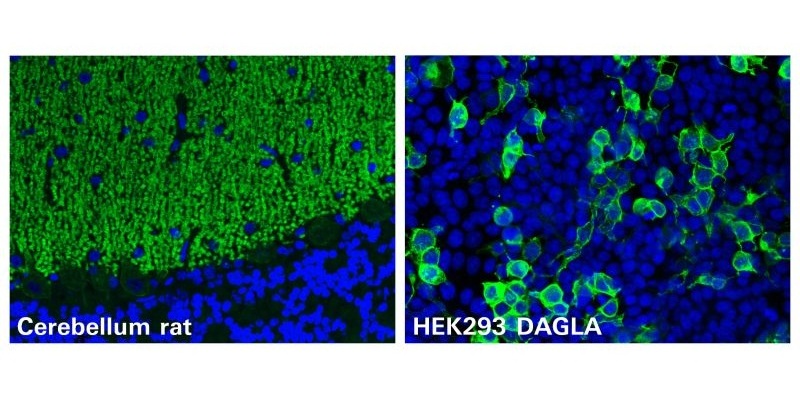
Novel Autoantibody Against DAGLA Discovered in Cerebellitis
Autoimmune cerebellar ataxias are strongly disabling disorders characterized by an impaired ability to coordinate muscle movement. Cerebellar autoantibodies serve as useful biomarkers to support rapid... Read more
Gene-Based Blood Test Accurately Predicts Tumor Recurrence of Advanced Skin Cancer
Melanoma, an aggressive form of skin cancer, becomes extremely difficult to treat once it spreads to other parts of the body. For patients with metastatic melanoma tumors that cannot be surgically removed... Read moreHematology
view channel
New Scoring System Predicts Risk of Developing Cancer from Common Blood Disorder
Clonal cytopenia of undetermined significance (CCUS) is a blood disorder commonly found in older adults, characterized by mutations in blood cells and a low blood count, but without any obvious cause or... Read more
Non-Invasive Prenatal Test for Fetal RhD Status Demonstrates 100% Accuracy
In the United States, approximately 15% of pregnant individuals are RhD-negative. However, in about 40% of these cases, the fetus is also RhD-negative, making the administration of RhoGAM unnecessary.... Read moreImmunology
view channel
Stem Cell Test Predicts Treatment Outcome for Patients with Platinum-Resistant Ovarian Cancer
Epithelial ovarian cancer frequently responds to chemotherapy initially, but eventually, the tumor develops resistance to the therapy, leading to regrowth. This resistance is partially due to the activation... Read more
Machine Learning-Enabled Blood Test Predicts Immunotherapy Response in Lymphoma Patients
Chimeric antigen receptor (CAR) T-cell therapy has emerged as one of the most promising recent developments in the treatment of blood cancers. However, over half of non-Hodgkin lymphoma (NHL) patients... Read moreMicrobiology
view channel
Handheld Device Delivers Low-Cost TB Results in Less Than One Hour
Tuberculosis (TB) remains the deadliest infectious disease globally, affecting an estimated 10 million people annually. In 2021, about 4.2 million TB cases went undiagnosed or unreported, mainly due to... Read more
New AI-Based Method Improves Diagnosis of Drug-Resistant Infections
Drug-resistant infections, particularly those caused by deadly bacteria like tuberculosis and staphylococcus, are rapidly emerging as a global health emergency. These infections are more difficult to treat,... Read more
Breakthrough Diagnostic Technology Identifies Bacterial Infections with Almost 100% Accuracy within Three Hours
Rapid and precise identification of pathogenic microbes in patient samples is essential for the effective treatment of acute infectious diseases, such as sepsis. The fluorescence in situ hybridization... Read morePathology
view channel
Novel UV and Machine Learning-Aided Method Detects Microbial Contamination in Cell Cultures
Cell therapy holds great potential in treating diseases such as cancers, inflammatory conditions, and chronic degenerative disorders by manipulating or replacing cells to restore function or combat disease.... Read more
New Error-Corrected Method to Help Detect Cancer from Blood Samples Alone
"Liquid biopsy" technology, which relies on blood tests for early cancer detection and monitoring cancer burden in patients, has the potential to transform cancer care. However, detecting the mutational... Read more
"Metal Detector" Algorithm Hunts Down Vulnerable Tumors
Scientists have developed an algorithm capable of functioning as a "metal detector" to identify vulnerable tumors, marking a significant advancement in personalized cancer treatment. This breakthrough... Read more
Novel Technique Uses ‘Sugar’ Signatures to Identify and Classify Pancreatic Cancer Cell Subtypes
Pancreatic cancer is often asymptomatic in its early stages, making it difficult to detect until it has progressed. Consequently, only 15% of pancreatic cancers are diagnosed early enough to allow for... Read moreTechnology
view channel
Pain-On-A-Chip Microfluidic Device Determines Types of Chronic Pain from Blood Samples
Chronic pain is a widespread condition that remains difficult to manage, and existing clinical methods for its treatment rely largely on self-reporting, which can be subjective and especially problematic... Read more
Innovative, Label-Free Ratiometric Fluorosensor Enables More Sensitive Viral RNA Detection
Viruses present a major global health risk, as demonstrated by recent pandemics, making early detection and identification essential for preventing new outbreaks. While traditional detection methods are... Read moreIndustry
view channel
Cepheid and Oxford Nanopore Technologies Partner on Advancing Automated Sequencing-Based Solutions
Cepheid (Sunnyvale, CA, USA), a leading molecular diagnostics company, and Oxford Nanopore Technologies (Oxford, UK), the company behind a new generation of sequencing-based molecular analysis technologies,... Read more
Grifols and Tecan’s IBL Collaborate on Advanced Biomarker Panels
Grifols (Barcelona, Spain), one of the world’s leading producers of plasma-derived medicines and innovative diagnostic solutions, is expanding its offer in clinical diagnostics through a strategic partnership... Read more




